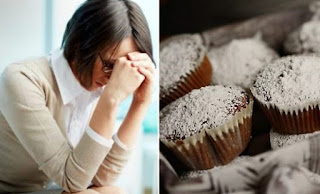Hazards of food colouring in artificial
Food colouring refers to any substance which is added to food impart a desirable colour to it. Quite a lot of food we eat as colour added to it: confectionery , breakfast cereals, pickles, cakes, soft drinks, sauces, ice creams, potato chips, jams and jellies, bread, chewing gum, wine, biscuits, juices, noodles and many, and many more. The colour of food even influences its perceived flavour. When manufacturing food, its natural pigments are often lost due to chemical processes. Therefore, the colours which we assume the food should have are then artificially restored to it.
Food prepared in restaurants contains a lot of red and yellow food colouring in order to add to the aesthetic presentation of food. In restaurants abroad, where Indian food is becoming very popular, it is a common perception that the redder the 'curry' is, the better its tastes. It has been reported that packaged spices like red chilli powder and turmeric often contain other powdered substances to enhance there colours.
Food prepared in restaurants contains a lot of red and yellow food colouring in order to add to the aesthetic presentation of food. In restaurants abroad, where Indian food is becoming very popular, it is a common perception that the redder the 'curry' is, the better its tastes. It has been reported that packaged spices like red chilli powder and turmeric often contain other powdered substances to enhance there colours.




Comments
Post a Comment